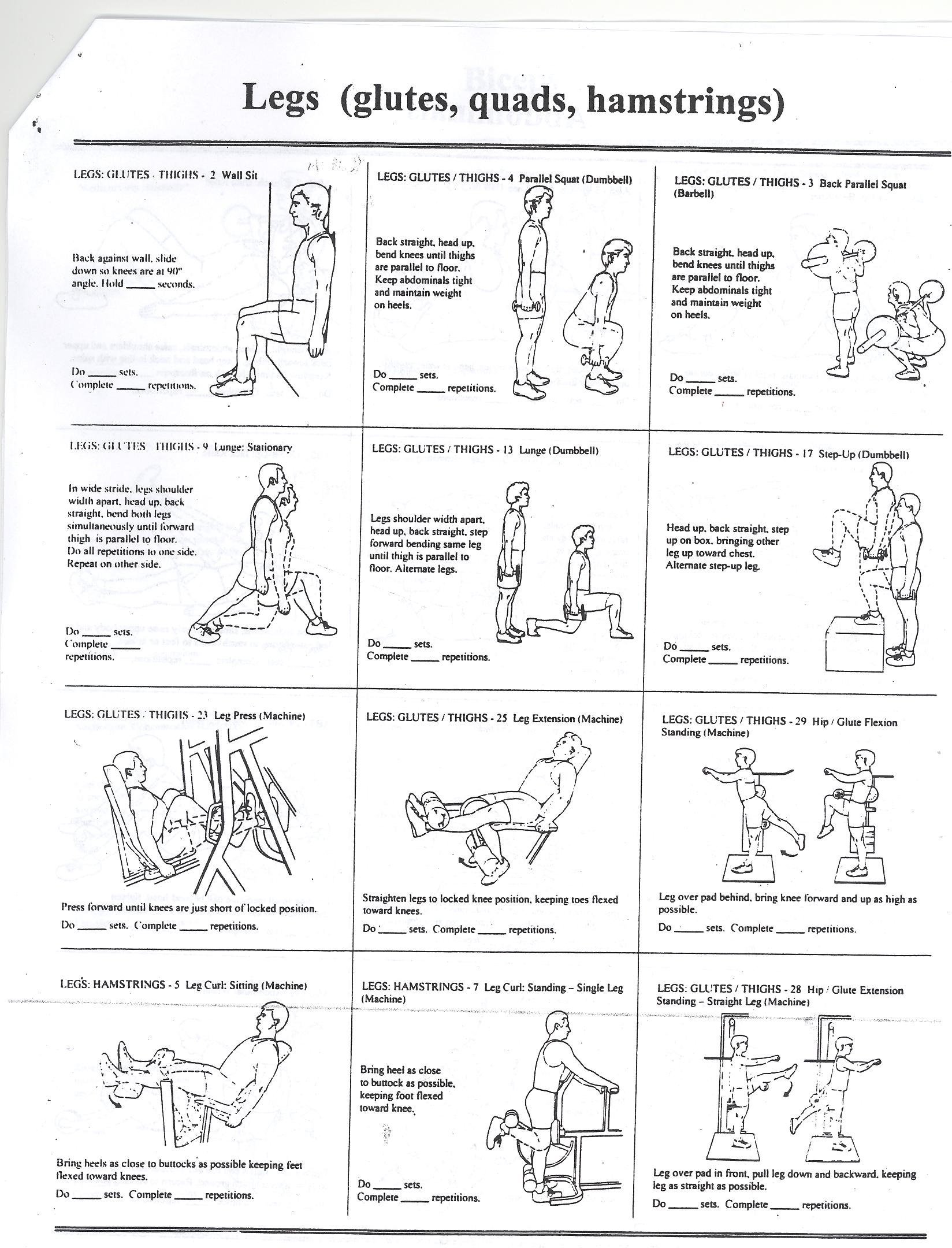

We see this shown in studies that find a strong correlation between muscle strength and muscle size (2). We know that mechanical tension is the # 1 stimulus for growth (51), and a stronger muscle will able to produce more force and experience more tension which will lead to greater growth in the long term. In addition, studies have shown that varying exercises is more effective for strength gains than simply performing the same exercise over and over again (27). This is reason alone to add different exercises to your program – maybe you don’t respond well to certain exercises or rep ranges and need to do something different. Studies have shown that subjects undergoing a training program experience different levels of strength and size gains even though they performed the same protocol (1, 52). It’s first worth pointing out that individual adaptations to a training program can greatly differ. Okay, so the gods of strength and conditioning research all agree that variation is important, so let’s go over why this is the case. But that wouldn’t be a wise decision, now would it? If you want to argue with the likes of Bompa, Fleck, and Kraemer, be my guest. Progressive resistance is just increasing weight, but progressive overload is increasing the stress of a given exercise by any means possible (26) – much like the list given above. William Kraemer, also include exercise variation as a key component in their discussion on the methods of progressive overload (26) Fleck and Kraemer also offer a distinguished difference between progressive overload and progressive resistance. So, what would the haters say now? Progressive overload is definitely necessary to make further gains – but! Exercise variation is a form of progressive overload! Strength and conditioning legends, Dr. Yes, changing exercises is a major form of progressive overload! Change Exercises – this is actually Bompa’s second method but I placed it at the end for greater dramatic effect.Change Training Phases – this can be done by changing your entire training program to focus on a new goal.Change Equipment – this can be done by moving from dumbbells to a barbell to handle more weight.Change Contraction Speed – this is done by either performing a movement incredibly slow or incredibly fast.Change Contraction Type – this can be done by performing heavy eccentrics or pausing reps.Change Loading Patterns – this is simply increasing weight.Tudor Bompa, there are actually 6 ways to create progressive overload (12):

According to strength and conditioning mastermind, Dr. Many often think that progressive overload is simply an increase in weight, however, that’s just one facet of progressive overload.


 0 kommentar(er)
0 kommentar(er)
